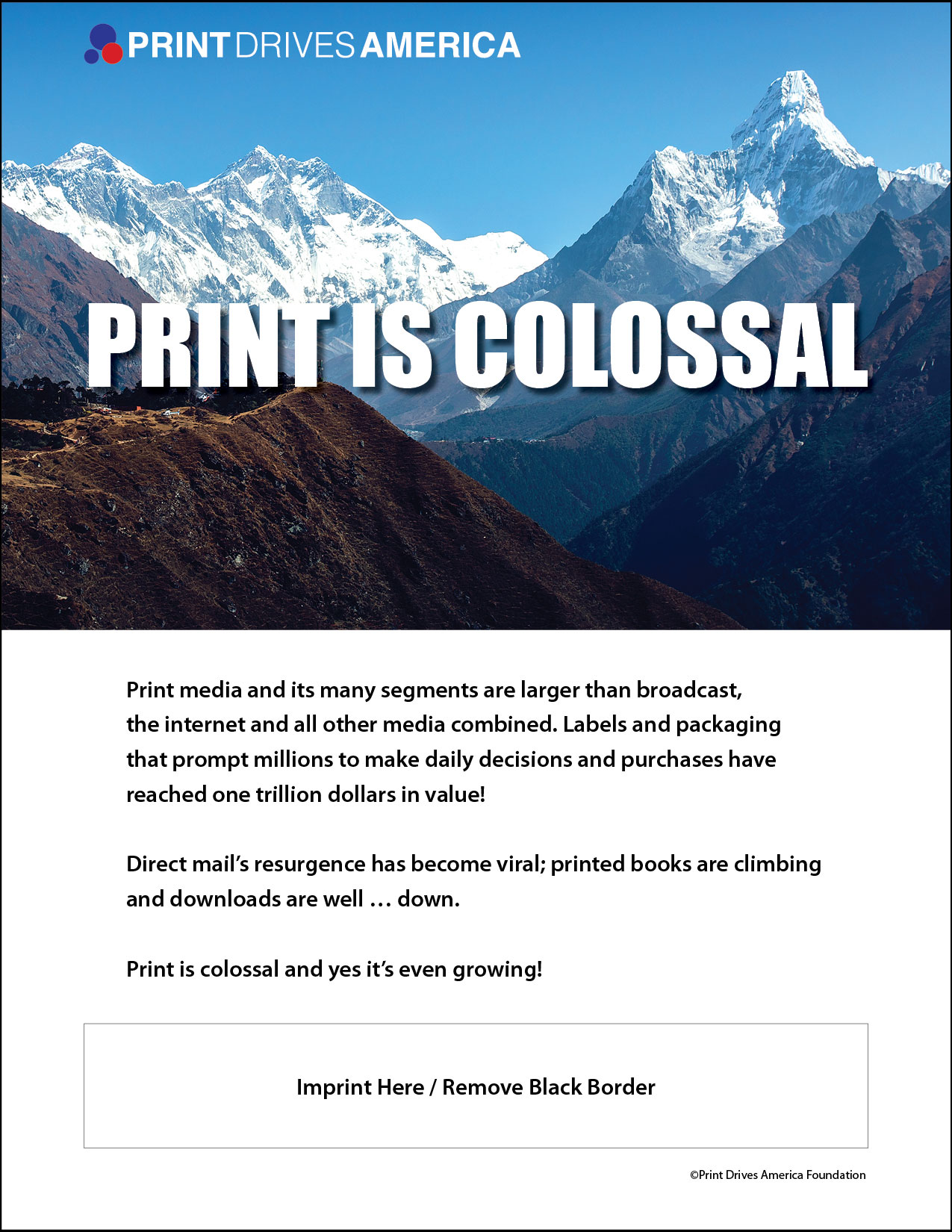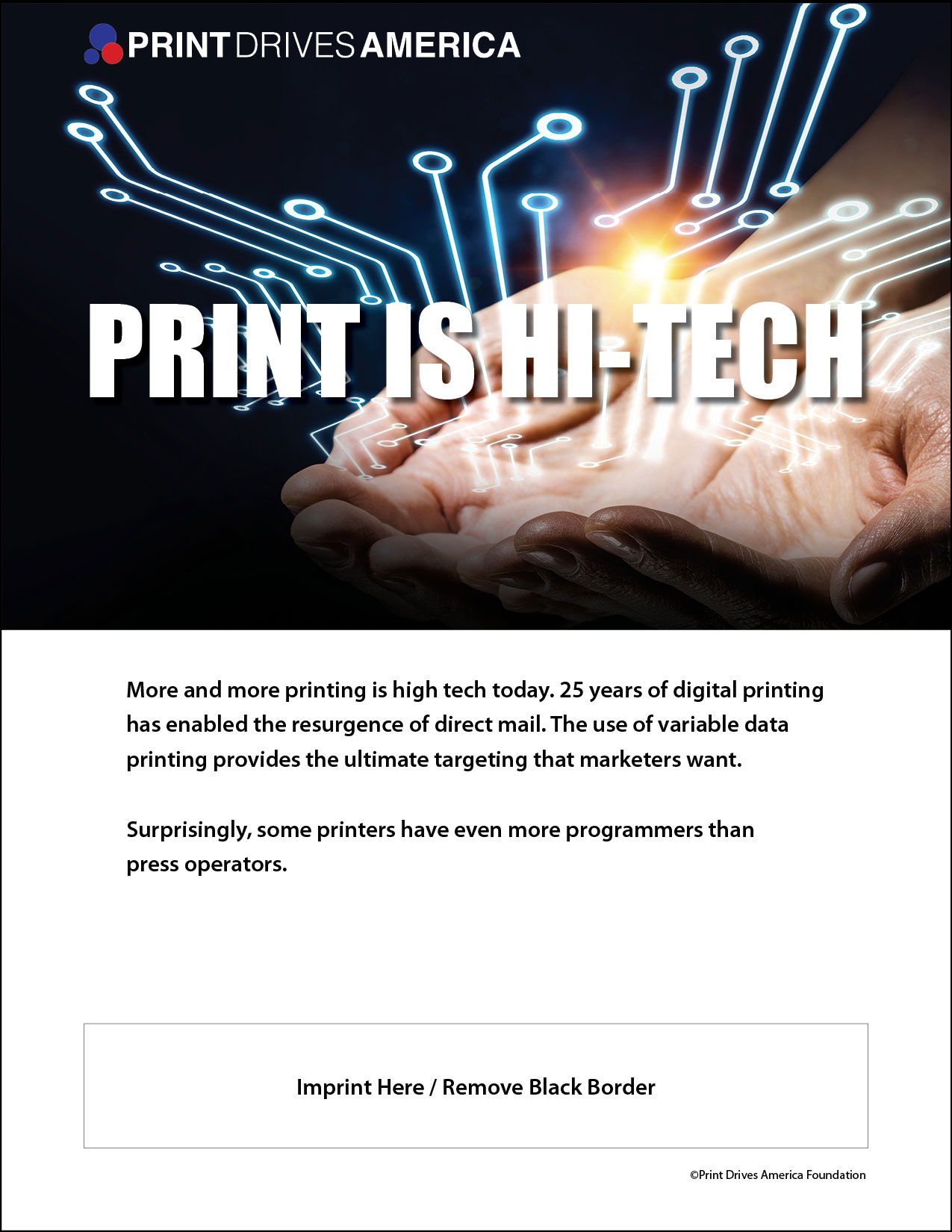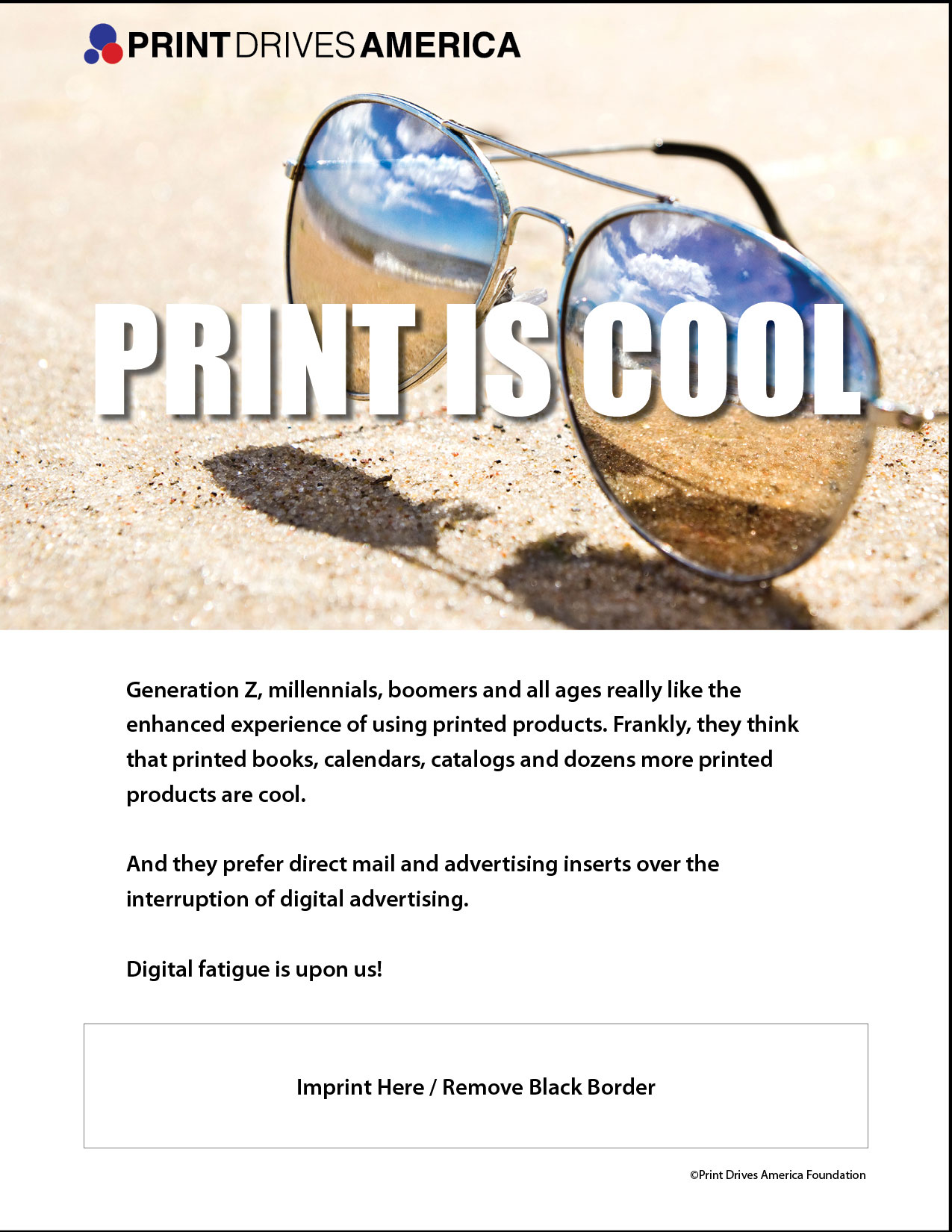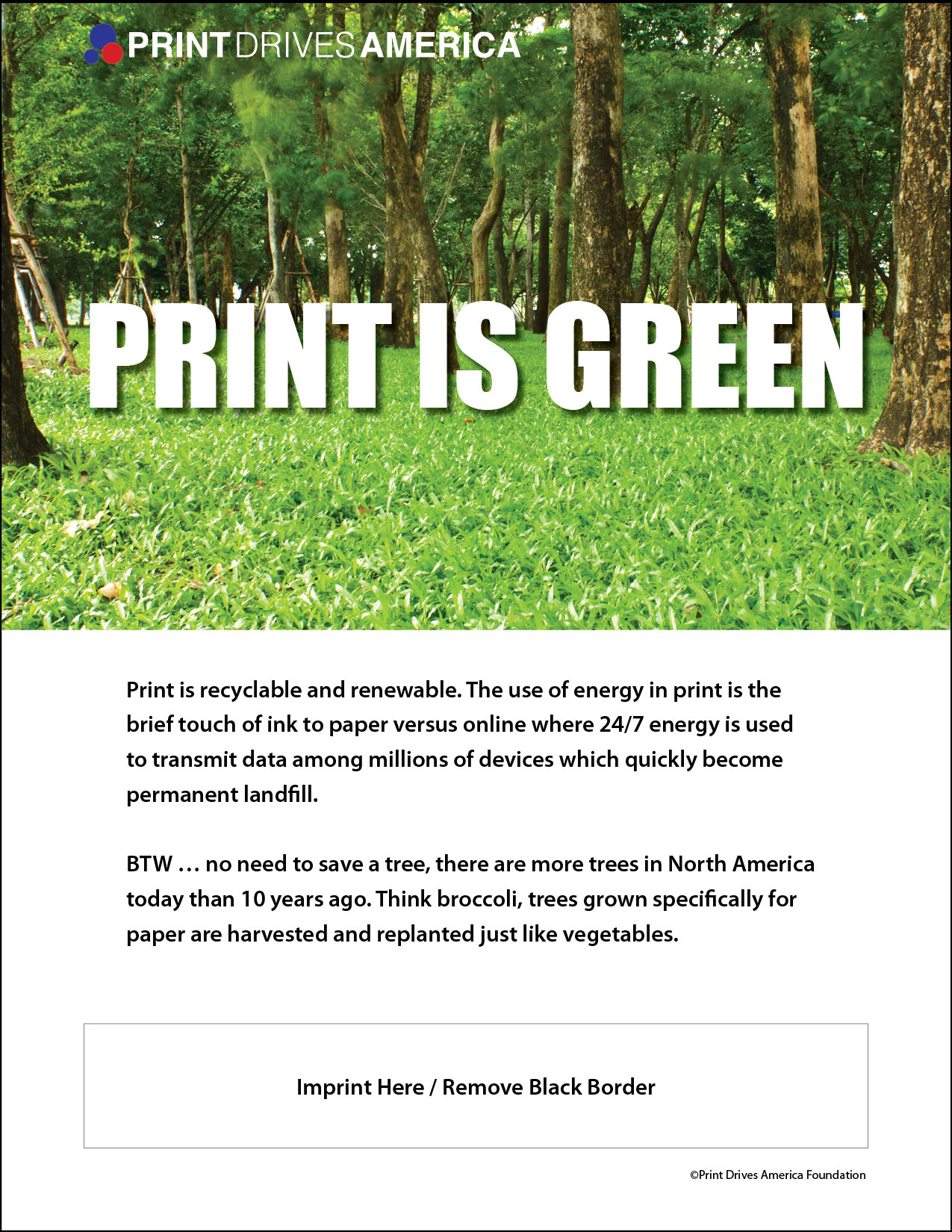QR codes, or Quick Response codes, enable a consumer to easily transfer from a brand’s printed message to its digital message. By simply scanning the 2-dimensional bar code with a smartphone, the user can begin to engage with your interactive online message in addition to the printed communication.
Once on the landing page of your digital message, the content the users clicks and the amount of time spent with each piece of information can be recorded and used to create a more personalized and relevant follow up for the consumer — ultimately increasing the response rate and ROI of future campaigns.
According to a DMA survey direct mail remains one of the best ways to reach both current and new members of your target audience. One of the greatest advantages of direct mail is that it can be targeted. Through the use of Variable Data Printing and an up-to-date database each direct mailing can be designed to relate directly to a group of like-minded individuals in your target audience.
Additionally, according to PrintPower, 67 percent of people remember a brand and it’s message with only one interaction with the brand’s direct mailing. By adding a QR code to your message you’re able to further engage your consumer and ultimately increase your response. According to MediaPost Publications, 62 percent of people in the U.S. own a smartphone — and as more smartphone users are present, the amount of people who scan and engage with a QR code’s content increases as well.
When placing a QR code on your direct mail piece it is important to ensure the landing pages of the 2-dimensional bar code and your printed message coincide with one another. Link the code to a landing page that allows the recipient to sign up for more information, enter a contest or purchase your product or service. If possible, always try to use the interactive landing page to collect additional consumer data so you’re able to follow up with more relevant messages in the future.
Finally, always try to use a mobile-friendly landing page, because the average smartphone user will only wait about five seconds for a page to load. Furthermore, desktop landing pages on a small smartphone screen tend to be difficult to navigate and view, in turn, it can make the user lose interest quickly and leave your brand’s mobile content.
Timothy Freeman
President
Print & Graphic Communications Association




